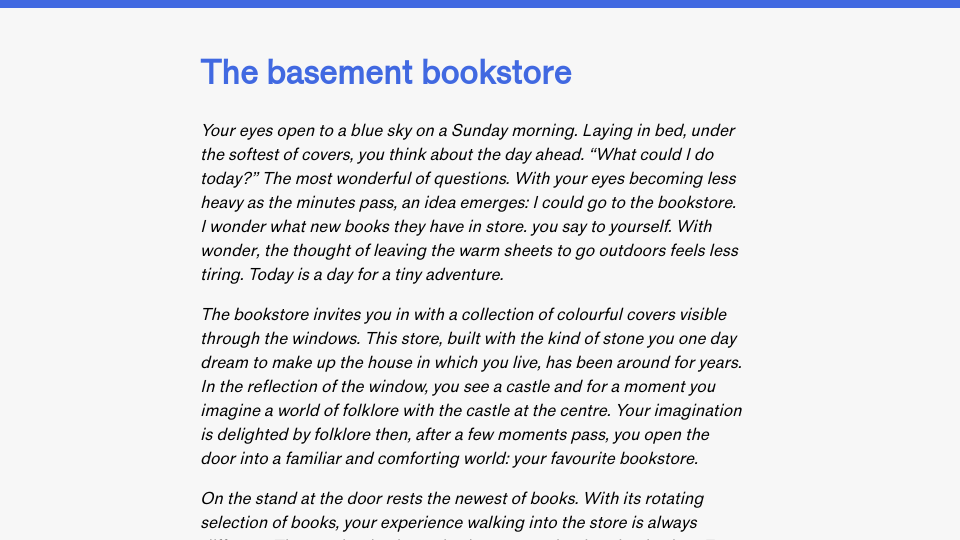I recently asked two friends to give feedback on part of the experience on my website. I invited both to calls, separately, and gave the requisite context about the feature I wanted them to try. I then watched as they navigated around the website in pursuit of a goal.
I was tempted to refer to this as “user testing,” but then a hesitancy I have had for several months came to mind. I asked myself: “is ‘user testing’ the best vocabulary to use to refer to sitting down with people to understand their experience using software?” On reflection, and after discussion, my view is that the answer is no. We can do better than the phrase “user experience” when referring to how a person interacts with software.
In 1987, Apple released the Macintosh II, as well as the “Human Interface Guidelines” that outline the design principles behind the computer and its interface. All parts of the desktop interface were codified, from the use of colours to patterns like menus, dialogs, and windows. It was a manual on experience design.
In an Appendix on the “Roots of the Desktop Interface,” those original guidelines say:
In the early 1960s, the Augmentation Research Project at SRI International made important contributions. Its focus was the “augmentation of human intellect.” This notion put the human being, rather than technology, at the center of human-computer interactions and resulted in some unique concepts of what a human interface should be.
People should be at the centre of technology, as noted in the above quotation.
When we design a “user experience”, we put the person using a tool at a further distance than they should be. Sitting with my friends, watching as they navigated a piece of software I made, I realised that “user” is the wrong way to think about their use of the software. They are not a “user.” They are a person using the software to accomplish a goal.
I like the phrase “human experience.” Human experience design emphasizes the fact that we design software and systems for people to use. We should aspire for software to be designed by people, for people.
I think it is important that we are as clear as possible that we design technology for people because it is so easy for technology design to feel like an intellectual pursuit, or for experience design to feel secondary to the technology. Indeed, we design experiences around technology, but we design them for people.
It is impossible to “user test” your way to a usable product – and just as impossible to reach the next step on the ladder: making a delightful product. (I think usability and delight go hand in hand; you can’t make a delightful product without effectively the needs of the people who use your software.) Rather, you need to work with people to build something that addresses the needs that the people who use your software have.
Used at least since the 1980s, “human experience” is therefore not new. Apple still uses it today in its modern Human Interface Guidelines that outline how to use the design patterns that should be employed when designing software for Apple devices, from the interface of an application to feedback such as haptics.
Let’s replace “user experience” with “human experience,” and continue to reinforce the humanity that is at the heart of the technology we make. Indeed, at the root of all “user testing” is understanding the needs of the people who use our software.
Addendum: On human experience vs. human interface
I think there is a subtle difference between the “human interface” vocabulary and “human experience.” Human interface feels like it refers more to the interface itself, where as human experience can encompass something wider: how someone feels when using software.
Let me give a concrete example of where this distinction is appropriate. In designing a web reader, I deliberately opted to update the posts in the reader once per day. This does not impact the interface, but it does impact the experience.
By reducing the update cadence from “whenever a post is available” to daily, I do not have the compulsion to check the reader several times a day for new content. In this way, my experience with the software is greatly impoved when compared to other such softwares I have used that retrieve posts from feeds and update on a more regular cadence.
Further reading
Thank you to Tantek for helping me gather my thoughts on this topic.

